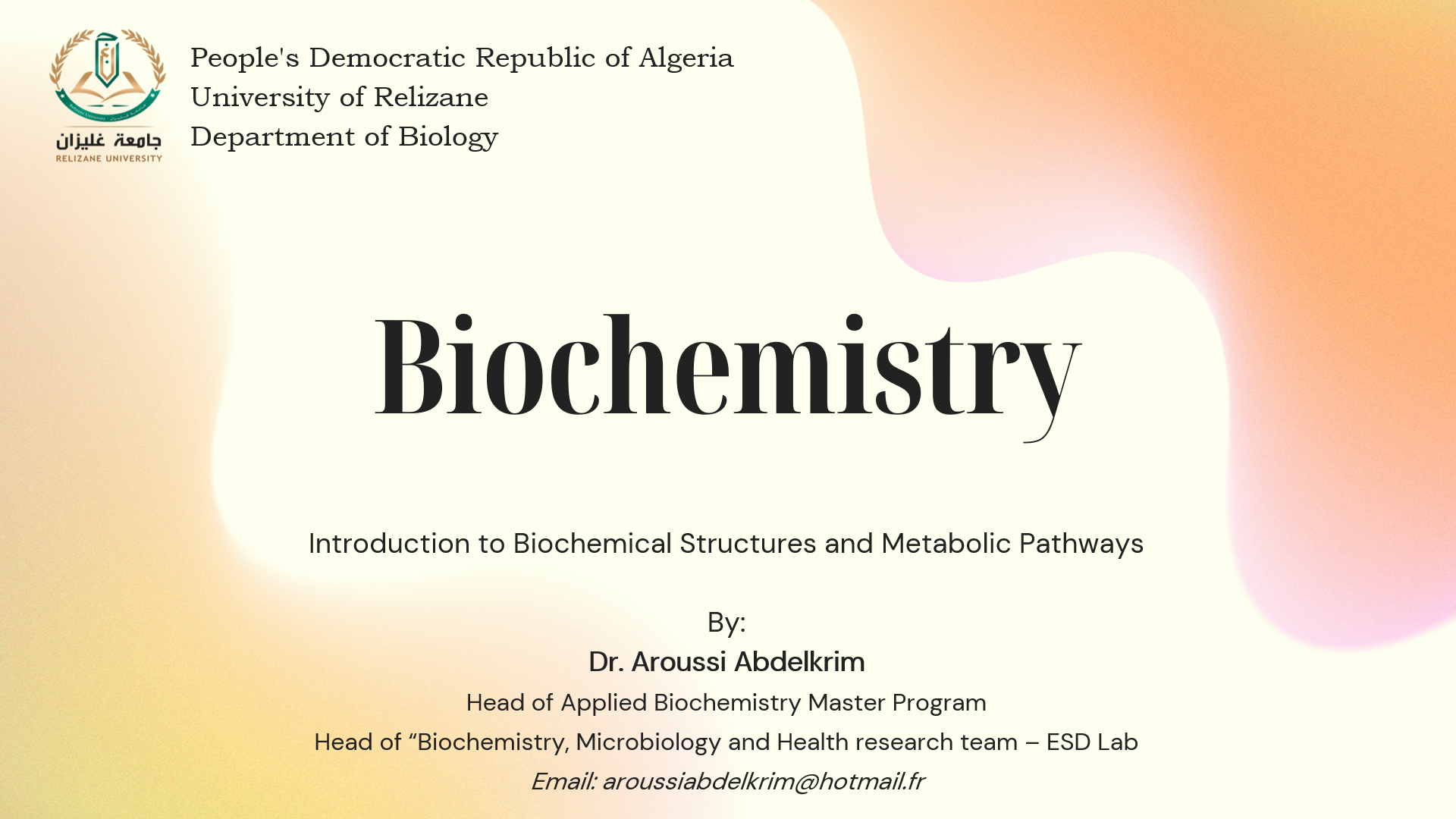
- Teacher: Amaria Harmouche

L’éthique et la déontologie sont deux concepts essentiels qui guident les comportements et les pratiques dans de nombreuses professions, y compris dans les sciences, la médecine, et l’enseignement. Bien que ces termes soient souvent utilisés de manière interchangeable, ils désignent des notions distinctes mais complémentaires. Ces cours destinés aux étudiants en deuxième année licence biologique et écologique visent à apprendre aux étudiants la réflexion sur la moralité et les principes qui régissent le bien et le mal.
- Teacher: Khadidja Belkheir

The remarkable diversity within the animal kingdom presents a significant challenge for scientists aiming to establish a consistent system of classification. The variety of forms-ranging from free-living organisms to parasites, and spanning sizes from microscopic creatures to massive animals-along with the ability of animals to thrive in a wide array of environments, including some of the most extreme and inaccessible ones, makes organizing them a complex task. This courses and practical guide in zoology is designed for the students in second-year of biology and ecology . Its purpose is to equip students with the fundamental tools needed to understand the evolutionary development of animal organization, while also outlining key classification criteria, such as cell number, which serves as a primary distinction between protozoa and metazoans. Additional factors, including locomotion, the number of embryonic layers, the future of the blastopore, the presence or absence of a coelom, and the relative position of the nervous system to the digestive tract, will also be explored in order to classify species within the Metazoan sub-kingdom.
- Teacher: Khadidja Belkheir

This biochemistry course introduces key biochemical principles focused on understanding the structure, function, and metabolism of major biomolecules. The course is divided into four main chapters, each highlighting an essential group of biomolecules:
-
Carbohydrates: We begin by exploring carbohydrates, the primary source of energy in cells. You’ll learn about different types of carbohydrates, from simple sugars (monosaccharides) to complex carbohydrates (polysaccharides). We’ll cover their structure, role in energy storage, and the pathways of carbohydrate metabolism, including glycolysis and the citric acid cycle.
-
Lipids: Lipids, or fats, are hydrophobic molecules essential for energy storage, insulation, and cellular membrane structure. In this chapter, we’ll study fatty acids, triglycerides, phospholipids, and steroids. You’ll gain an understanding of lipid metabolism, including beta-oxidation, which breaks down fatty acids for energy, and lipogenesis, the process by which lipids are synthesized.
-
Proteins: Proteins perform diverse functions, from building cellular structures to acting as enzymes that speed up chemical reactions. We’ll discuss the structure of proteins, including primary, secondary, tertiary, and quaternary structures, and the importance of amino acids as building blocks. Additionally, we’ll examine protein metabolism, including protein synthesis, degradation, and the urea cycle, which safely removes nitrogen waste.
-
Enzymology: Enzymes are specialized proteins that catalyze biochemical reactions, making them vital for life. This chapter focuses on enzyme structure, the mechanisms of enzyme action, and enzyme kinetics, including the Michaelis-Menten equation. We’ll also explore enzyme regulation and inhibition, key concepts that help control metabolic pathways.
This course will provide a foundational understanding of biomolecules and their metabolic pathways, equipping you with essential knowledge for more advanced studies in biology, medicine, and related fields.
- Teacher: Abdelkrim Aroussi
